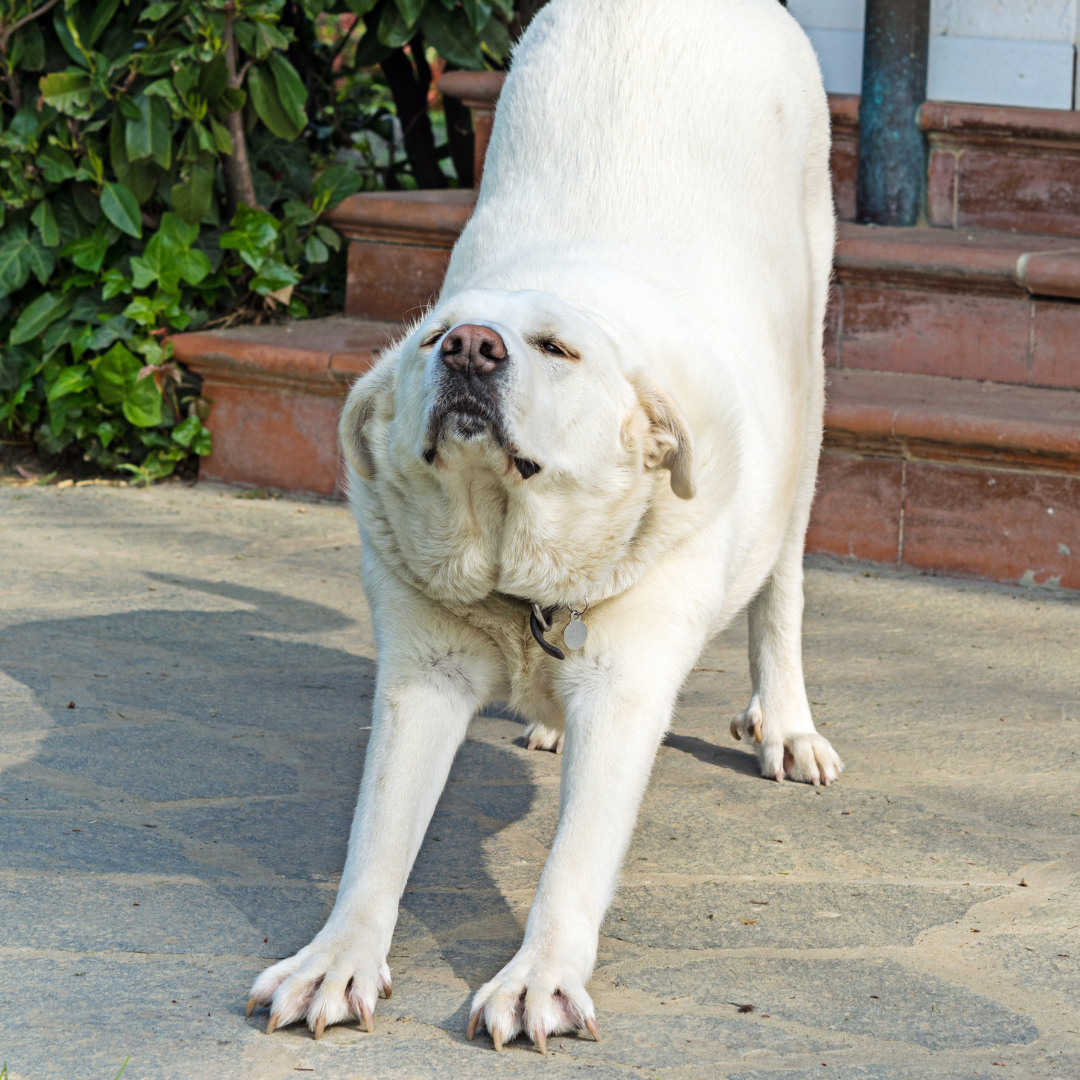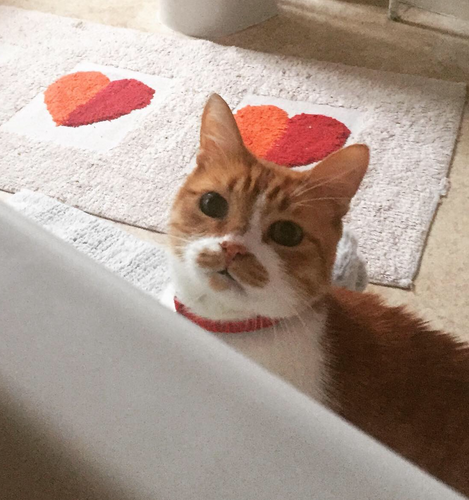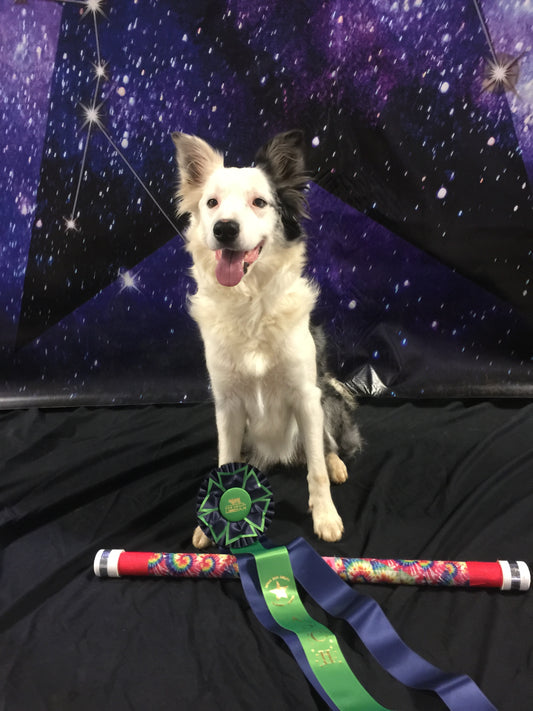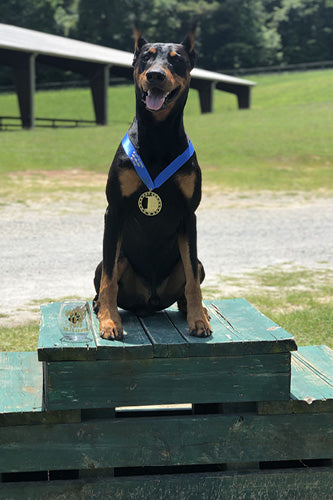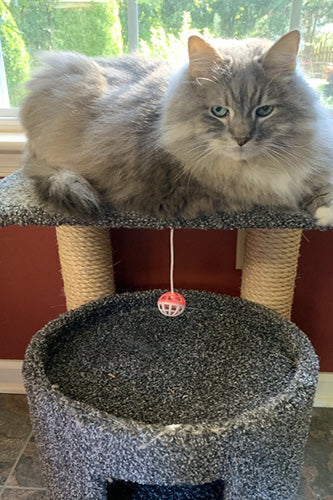What is a mobility clinic?
As your pet ages, after surgery or after an injury, attending a mobility clinic or exam might be recommended. Usually, these are run by a highly qualified veterinary technician or perhaps a rehabilitation therapist within your veterinary hospital. At the clinic, your clinician will get an overall picture of your pet's mobility and develop a plan to support and improve their mobility and joint health.

Why does my pet need to attend a mobility clinic?
You may think that going to an extra mobility clinic is unnecessary. Why can't you just see the vet during your normal checkups?
Supporting your dog or cat’s long-term mobility is an ongoing activity and not something that can be undertaken in a short consultation, along with the usual health checks.
Mobility clinics are focused entirely on your pet's joint health and ability to move freely. They look for areas they could support your pet. They’ll focus on exercise and stretching and will consider how your pet’s lifestyle could be altered to support their mobility and quality of life.
What happens during a mobility clinic session?
Weight and health check
Firstly, your pet will be weighed, and a general health check will be undertaken, usually by your veterinarian. This gives the clinician running your mobility session a clear starting point to work from. Weight is very important when it comes to long-term mobility, as excess weight puts a greater strain on your pet's joints and can have a huge impact on their joint health.

History taken
Your clinician will ask you lots of questions. These might cover where your dog or cat sleeps, their exercise routine, and what you feed them. They might also want to see the leash and harness you use. They’ll ask you about any previous injuries or concerns you have about your pet's mobility and will likely ask about your setup at home. Does your pet have to go upstairs or jump into cars? Where do they sleep?
All of these things will have an impact on your pet's mobility. This detailed history will give your clinician a clearer picture, and they may find areas where simple changes can have a huge effect on your pet's quality of life.
Physical examinations
Your clinician will usually do a physical examination of your pet's joints. They will ask them to walk on a flat surface, over obstacles or uneven terrain to assess how they move and any difficulties or stiffnesses they might have.
They’ll look at the range of motion that each joint can move through. At your first session, this will give them the baseline to work from, and hopefully, within a few sessions, you will see a difference in your pet.

Exercises
Your clinician might run through some exercises and stretches in the clinic. These will be simple things that you can do at home, or if they are a rehabilitation therapist, they may also undertake other specialist treatments, such as massage, to help to improve their mobility and range of motion.
But don’t think it’s all about the therapist—you’ll probably have homework to do!
Continuing simple stretches and range of motion exercises at home may help your pet progress more quickly.

Discussion of diet and supplementation
Weight has a huge impact on your pet's mobility and long-term joint health. If your pet is carrying a few extra pounds, your clinician might recommend a weight-loss plan or suggest dietary changes appropriate to your pet's age and condition.
It is highly likely that your clinician will recommend a joint supplement. The right joint supplement can be hugely beneficial to your pet’s joint health and wellness. Give it a try for at least 60 days for the best results.
If your Veterinary hospital doesn’t offer a mobility clinic service, but you have concerns about your pet’s joint health, ensure you discuss your options with them. You could also seek guidance or treatment from a local licensed physical therapist.

